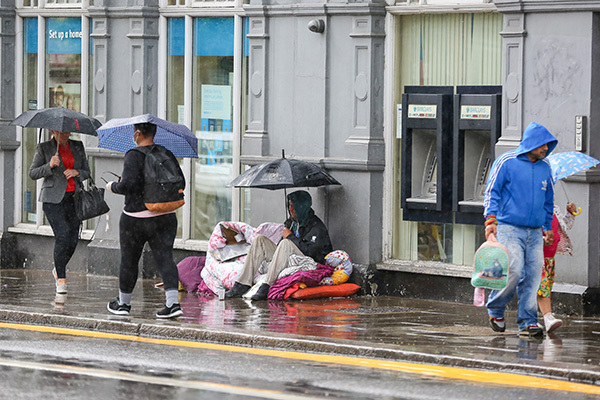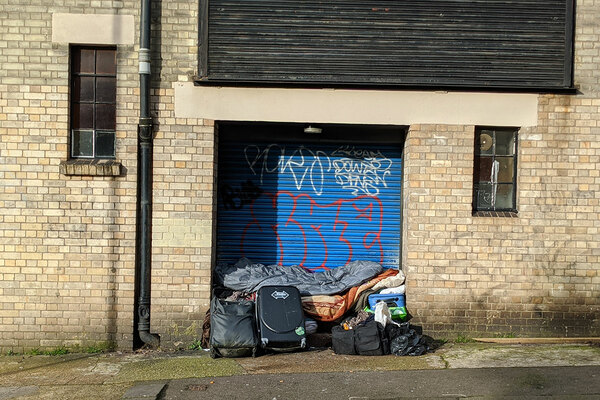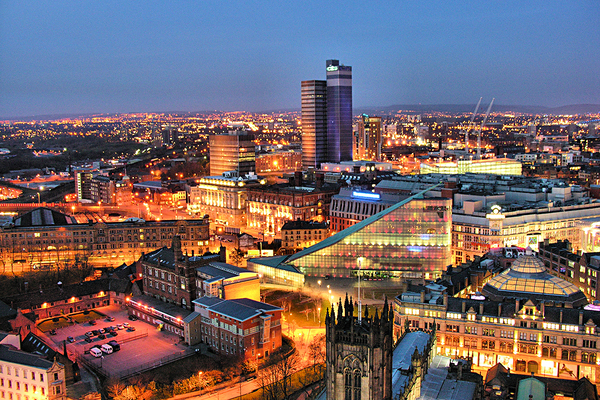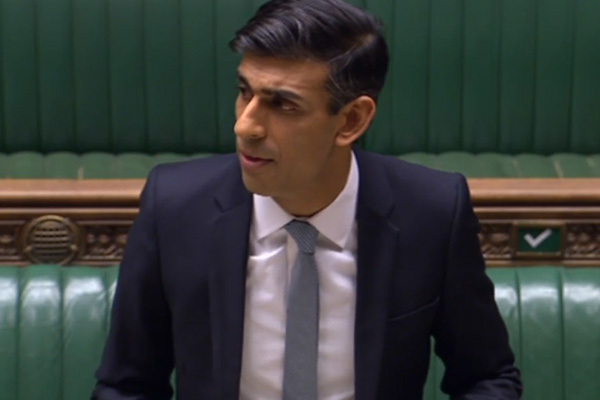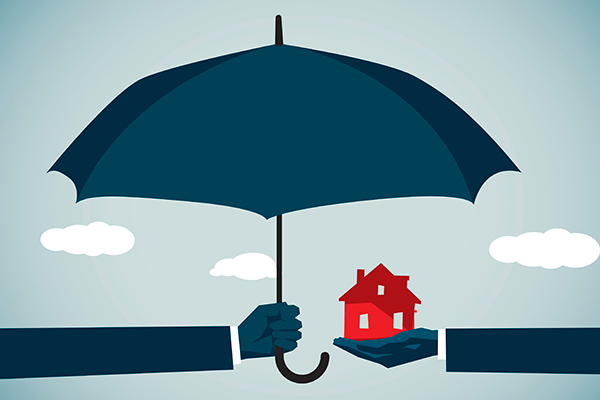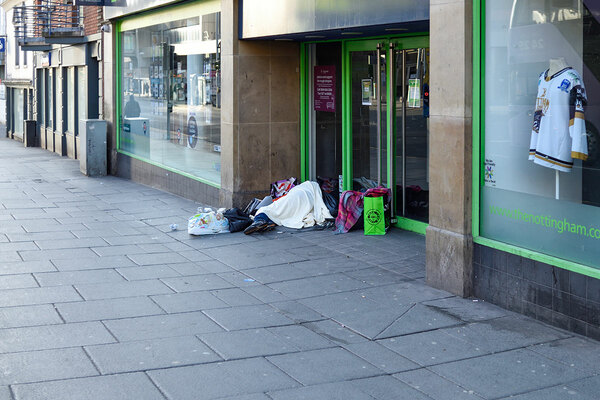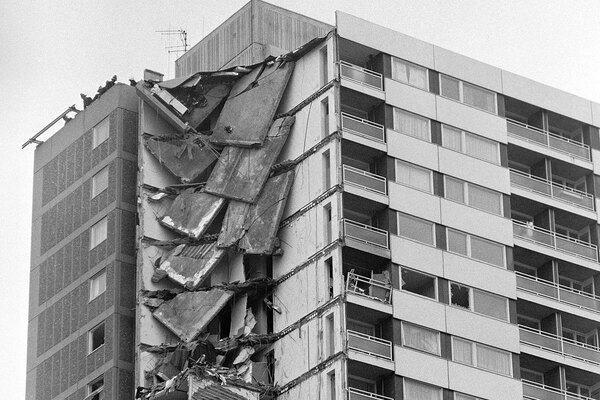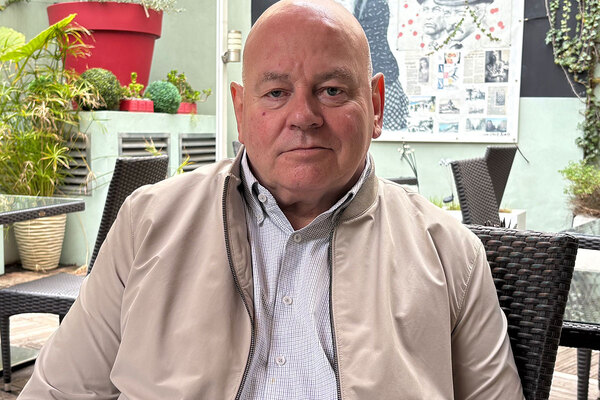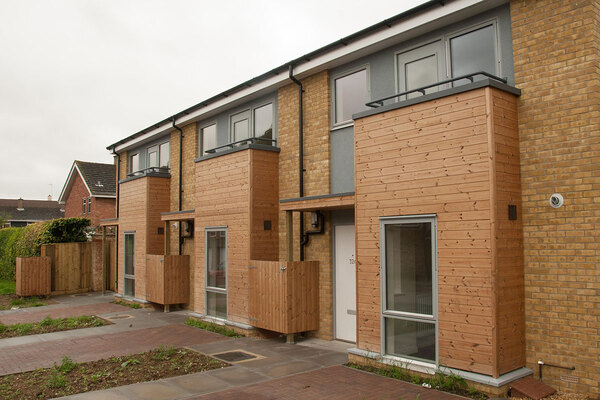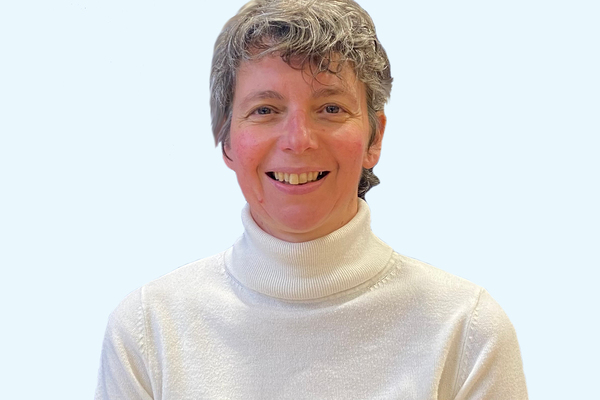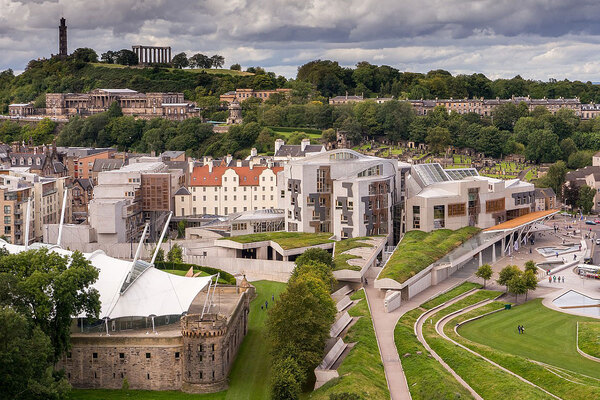Rough sleeping in lockdown 2.0: is the government’s Everyone In policy on the way out?
With England under another lockdown, charities are concerned the government’s commitment to supporting homeless people during the pandemic is wavering. Lucie Heath investigates what the current situation is for the country’s rough sleepers and whether the Everyone In scheme is on its way out
“From the moment [Dame] Louise Casey sent her email on 25 March, we saw something that we’ve never seen before and it is one of the most extraordinary things to have ever happened in homelessness in this country,” says Matt Downie, director of policy and external affairs at Crisis.
Mr Downie is referring to the letter sent by the government’s former homelessness tsar to all local authorities in England one day after prime minister Boris Johnson announced the first national lockdown.
The letter instructed councils to find self-contained accommodation for all rough sleepers, as well as people living in hostels and shelters. The task was huge, with councils asked to get thousands of people off the streets in a space of a few days.
“These are unusual times so I’m asking for an unusual effort,” Dame Louise wrote. “What we do need to do now... is work out how we can get ‘everyone in’.”
More than 15,000 people have been housed in emergency accommodation, such as hotels, student accommodation and B&Bs, since that letter was sent. The scheme, now officially known as Everyone In, is viewed by many as one of the greatest successes of the government’s coronavirus response efforts.
However, with the majority of the UK now living under a second national lockdown, councils face the monumental task of finding permanent accommodation for those housed in hotels. Meanwhile, homelessness charities are warning that those still on the streets are at risk of being forgotten this time around.
Inside Housing finds out how the government’s response has changed since the spring and asks whether Everyone In still means everyone in?
It is undeniable that lives were saved during the first wave of the pandemic as a result of the government’s decisive action, as well as the heroic efforts of local authorities and charities.
A study in The Lancet, published in September, estimated that 266 deaths were avoided among England’s homeless population as a result of the efforts, with 21,092 infections, 1,164 hospital admissions and 338 ICU admissions prevented as well.
Comparisons have been made with other countries, including the USA and France, where the decision to keep shelters open led to large outbreaks among cities’ homeless populations. For example, testing of 543 people living in homeless shelters in Paris found that 50% had contracted the virus.
While the decision to move homeless people into self-contained rooms was the right one, the government and local authorities now face the challenge of what to do with the 15,000-plus people who were moved into emergency accommodation.
Mr Downie says the move-on process is going well in some areas, particularly in Liverpool where the council has suspended its normal choice based letting process for allocating social housing and is instead temporarily allocating all social homes to rough sleepers.
“For everything else, the same problems that existed pre-pandemic are still there,” says Mr Downie. “So what is it and where is it that people are supposed to move on to? That is essentially the problem that silts up and blocks this whole effort.”
To assist with the effort, the government has allocated £266m to a Next Steps Accommodation Programme. This is split into £105m for interim accommodation, including to support people moving into the private rented sector, and £161m to fund the delivery of 3,300 new supported homes by March next year.
At this stage it is difficult to know exactly how many people have been moved on successfully from hotels. According to government figures, 18,911 people have moved into settled accommodation or ‘rough sleeping pathways’, including hostels or supported housing, since the pandemic began. However, this figure includes people who were moved straight into permanent housing as part of councils’ regular homelessness duties.
We can get a good idea of what has happened specifically to the people housed in emergency accommodation, many of whom would not have been housed by councils under normal circumstances, by looking at statistics provided to Inside Housing by St Mungo’s, which ran 28 hotels across England and provided support for a further 10.
Of the 3,085 individuals supported by the charity across these projects, 893 (29%) are still in the accommodation provided, while 2,951 have moved on in some way. Of these people, 751 (25.4%) moved to other COVID-19 emergency hotel accommodation, 311 (10.5%) moved to the private rented sector, 214 (7.3%) moved into interim accommodation and 201 (6.8%) to shared supported accommodation.
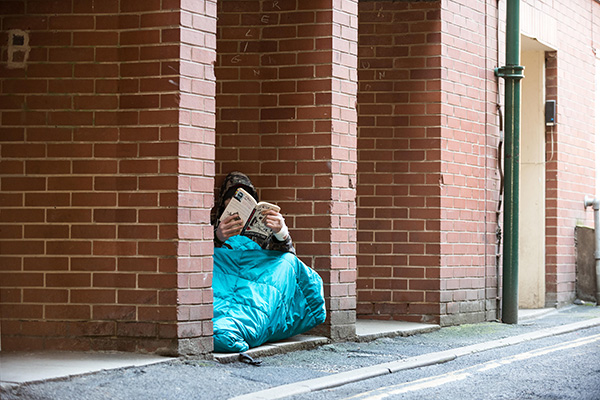
A total of 181 (6.1%) returned to sleeping rough, while the move-on location of 447 (15.1%) was unknown. The remainder of people mainly moved on to various other accommodation types, such as hostels and B&Bs, except for three who passed away.
However, those who were moved into hotels are only one part of the equation. As Inside Housing has previously reported, hundreds remained living on the streets at the height of the lockdown, while the economic impact of COVID-19 has also led to a new wave of homelessness.
While ministers have insisted that Everyone In never ended, this is far from the reality for the many currently living on the streets. Charities are reporting that councils have begun reinstating pre-pandemic criteria which sees them only responsible for housing families with children or those with a specific ‘vulnerability’.
“I think early on, when the government did the 24 hours to get everyone in thing, there was a moment then when... largely it didn’t matter if you were undocumented, it didn’t matter if you weren’t priority need,” explains Jess Turtle, co-founder of the Museum of Homelessness, which helped run a grassroots homelessness taskforce in Islington during the first wave of the pandemic. She adds: “There was a place for you and that was amazing, but that moment ended quite quickly and I think over the summer we’ve seen the normal homelessness duties come back into play.”
Mr Downie agrees that the hotels which are still being run by councils are largely only offering “continued provision for people who were given accommodation to start with and some ongoing provision for people who do meet the reinstated criteria for homelessness assistance”.
One anonymous outreach worker based in London says they have not been able to refer rough sleepers into any Everyone In accommodation since May. They add that despite some new projects being announced in the past few weeks, this is not at the same level as the initial Everyone In scheme and is nowhere near enough.
As a result, Mr Downie says rough sleeping “seems to be about the level it was before the pandemic”. On a recent evening doing outreach, Ms Turtle encountered 68 people rough sleeping while walking the short route from Covent Garden to the Strand in London.
Both Ms Turtle and Mr Downie point to a lack of clarity from the government as one of the reasons why councils have begun restricting access to support. “If you were to ask any local authority today whether they’re clear that they absolutely must be accommodating everyone regardless of their legal and immigration status... they would not have that clarity for you,” he explains.
He says Crisis is particularly concerned that individuals with no recourse to public funds as a result of their immigration status are now being refused help.
Darren Rodwell, executive member for housing and planning at London Councils, says he is concerned the government’s commitment to housing all rough sleepers during the second lockdown “isn’t quite so steadfast”, adding that boroughs have “many unanswered questions”, including around how councils are supposed to meet “unfunded cost pressures”.
What is happening in the rest of the UK?
Scotland: In July, the Scottish government said it would provide housing for rough sleepers throughout the pandemic. In October, plans were announced to replace homeless shelters with ‘rapid rehousing welcome centres’.
Wales: In June, Welsh councils were told to draw up rapid rehousing plans for rough sleepers in hotels. Government guidance told councils that a person who is street homeless during the pandemic is priority need.
Northern Ireland: The Northern Ireland Housing Executive (NIHE) sourced extra temporary accommodation at the start of the crisis. The NIHE said it does not have to help people who are not priority need but it “may” offer others temporary housing during the pandemic.
The government has provided various funding pots for councils to continue parts of their Everyone In efforts. In addition to the Next Steps Accommodation Programme, the government provided £15m for areas with the highest rough sleeping numbers to support those who are ‘clinically vulnerable’. It also provided the annual Cold Weather Fund which is worth £10m this year, but this is less than last year’s £13m fund.
A government spokesperson said it “has taken unprecedented action to support the most vulnerable people… during the pandemic – backed by over £700m to tackle homelessness and rough sleeping this year alone”.
However, this funding has not been enough to abate fears that a new homelessness crisis is on the horizon this winter, compounded by the fact winter night shelters are planning to dramatically reduce their capacity, or not open at all, due to COVID-19 restrictions.
In opposition to its stance during the first lockdown, the government has now said homeless shelters can open as a last resort. It has worked with members of the homelessness sector to produce guidance on how this can be done in the safest way possible.
But a number of the biggest homelessness charities, including Crisis and St Mungo’s, have said they will not be opening their shelters this year.
“We don’t believe we can make the guidance work to enable our community shelters to be COVID-safe and we’re not prepared to risk the health and welfare of either our clients or our staff,” says Steve Douglas, chief executive at St Mungo’s. “For us, the accommodation needs to be secure, it needs to be absolutely COVID-safe and it needs to have that wrap-around support as well.”
Mr Downie believes the debate over whether night shelters should open makes it feel like “we’re missing the big lesson from March and April”.
“I think cutting corners now would undo all the good work of the spring and summer, in terms of very limited outbreaks of coronavirus within the homeless population – which we should be proud of,” agrees Ms Turtle. It is the legacy of decisive action in a time of uncertainty that the government needs to protect, too.
When COVID-19 first hit the country in March, the government largely rose to the challenge of ensuring everyone had a safe place to stay. Key to this effort was clarity and a shared sense of purpose, backed by the promise that it would meet the costs.
Given all that was achieved during the first months of the pandemic, it would be devastating to now watch COVID-19 spread among the country’s homeless population like it has in other parts of the world.
This time around the stakes are even higher as the closure of shelters mean many are facing the prospect of sleeping on the streets during the coldest months. It is now up to the government to decide whether it will rise to the challenge again.
